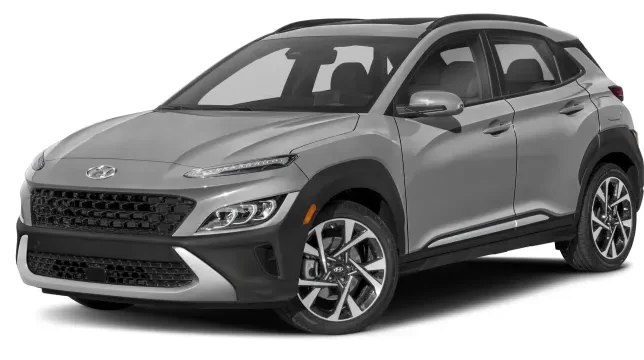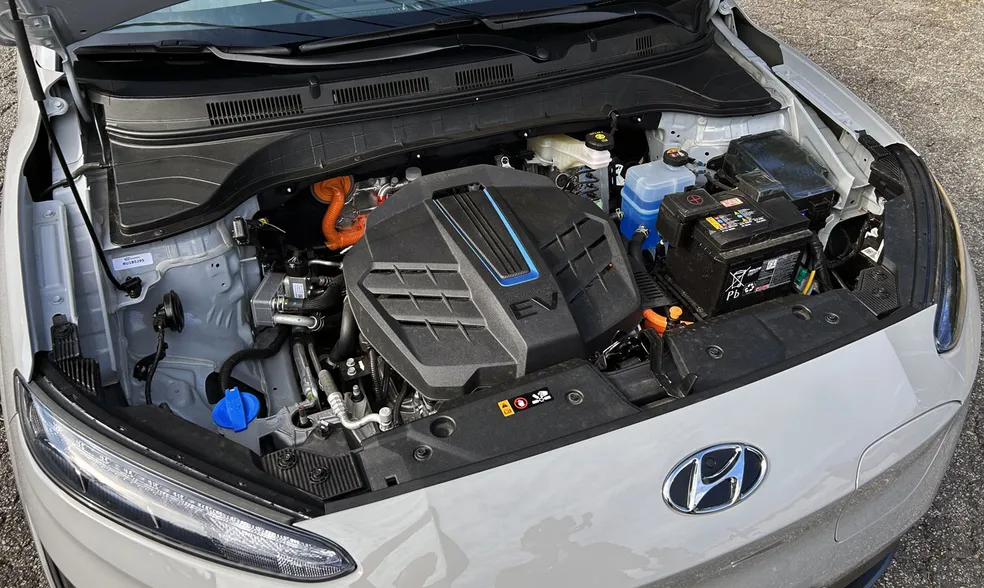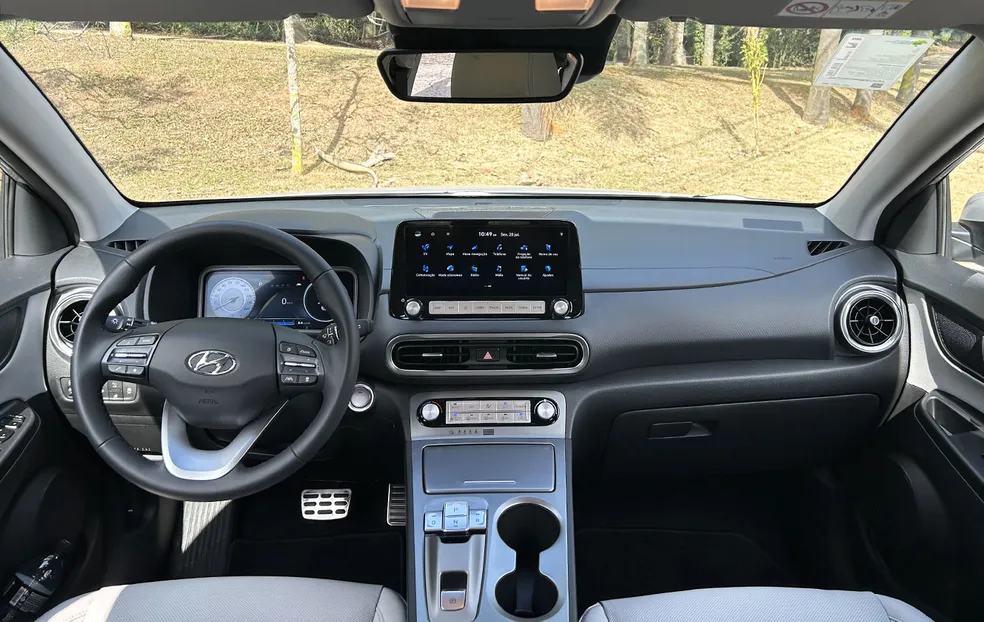
Car is already in a new generation abroad, but it is an option with reasonable autonomy and good drivability.
Whenever Apple launches a new iPhone, huge queues form in front of stores all over the world . Fans who insist on having the news firsthand are called early adopters. This also happens in the world of cars, when people make a reservation, put down a deposit and buy a car before they even see it. This is definitely not the case with Caoa and Hyundai Kona.
The electric version of the compact SUV was launched in 2018 and received a facelift in 2021. At the end of last year, a new generation was presented abroad . But only in March 2023 did the official Hyundai importer decide to bring the first electric Kona to Brazil .
How much does it cost?
Yes, the car that is for sale for R$ 219,990 has already changed radically in a good part of the world . And the scenario could be worse. That’s because at the presentation of the Kona, the price was $ 20,000 higher : $ 28,990. Before proceeding with the review, a spoiler. If you’re not an early adopter, the small SUV might surprise you .
Is it spacious?
Calling the Kona a small SUV is no exaggeration. At 4.20 meters long, it is 10 cm shorter than a Creta , a kind of “distant cousin”. But the relatively short overhangs make the wheelbase similar, 2.60 m . Thus, the legs do not suffer, even with taller drivers.
The same cannot be said for shoulder and headroom. Or the trunk, which accommodates only 332 liters . As a reference, it is around 100 liters less than in the Creta and only 17 liters more than in a Citroën C3.
The biggest stylistic daring are headlights and taillights divided into two pieces . At the rear, the upper part has the brake lights, below, directional and reverse. At the front, the main assembly is below and accommodates the low and high lights. Above, a narrow fillet for the DRL.

How long does it take to load?
The grid is closed and accommodates the charging nozzle. On a 7 kW home appliance, it takes just under six hours for a full charge . The time drops to around 50 minutes on 50kW fast chargers. It seems little, but the secret is in the size of the batteries: only 39.2 kWh. As a comparison, the Chevrolet Bolt EUV has a 66 kWh package.
Smaller battery pack also means two things: lighter weight, but more limited range . Starting with the first, the Kona is exactly 1,610 kg — about 140 kg heavier than a Jeep Renegade. The range, according to Inmetro, is 252 km . In real life, more restrained drivers will get about 100 additional km, considering mostly urban use.

The electric motor is front, as well as the traction. The power is just a little more than that of a car with a 1.0 turbo engine ㅡ 136 hp . But the 40.3 kgfm of torque give the Kona the necessary agility to overcome the challenges of heavy traffic in big cities.
There are four driving modes: Normal, Sport, Eco and Eco+ . The latter will likely be used on an emergency basis, when batteries are running low. With it, performance is limited and functions such as air conditioning are disabled. In others, there are changes in throttle responses and steering.
Another change is in the layout of the digital instrument panel. In Sport, the gray background simulates carbon fiber and the arcs of the markers are painted red. More behaved, the Normal map has a white background and dark characters. In Eco, the colors are inverted. If the driver prefers, he can choose one of them, regardless of the chosen mode.
